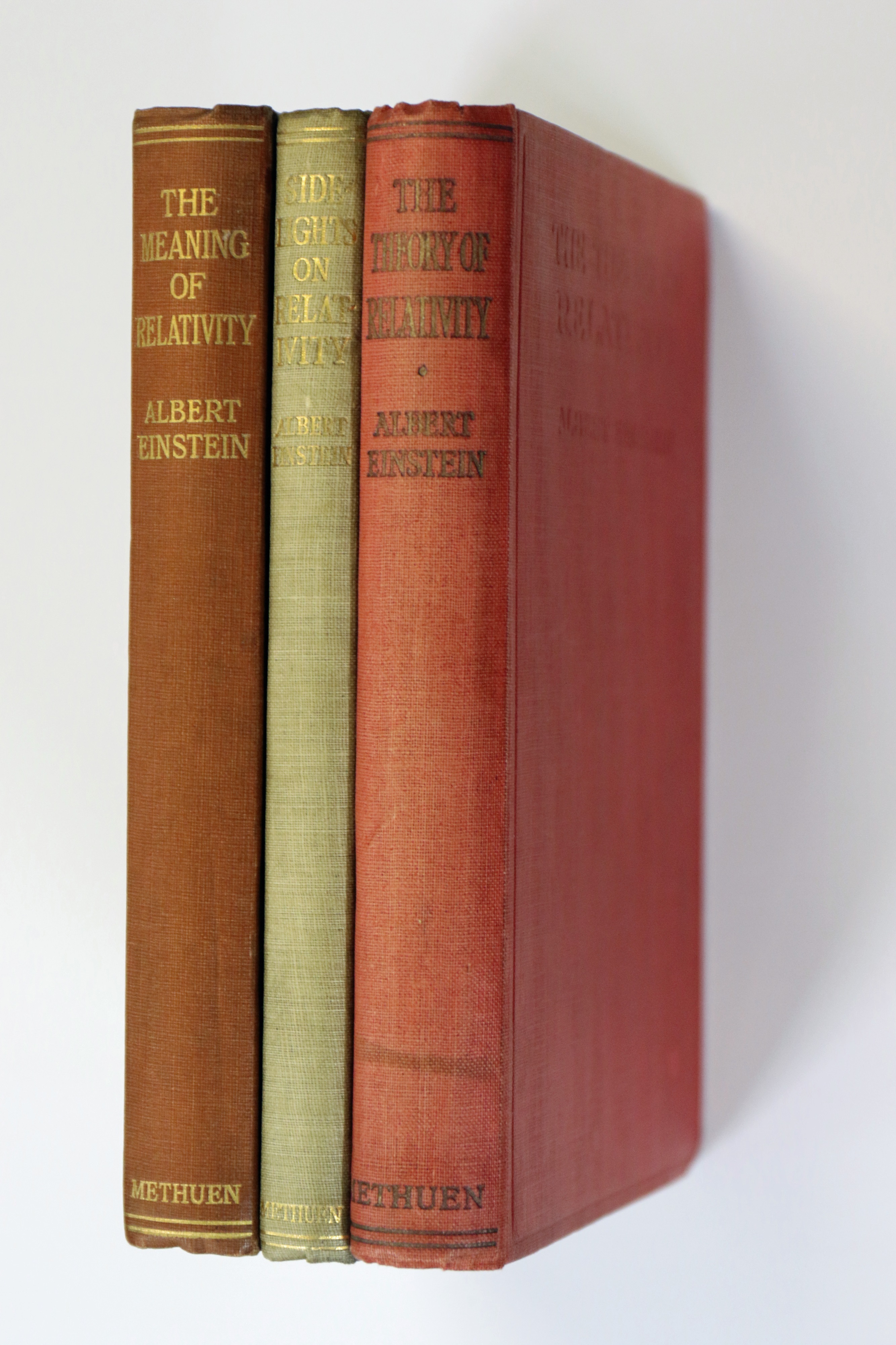

10/06/2023 General News
Andrew Lindsay-Bullock, says that the writings of famous people are still very much sought-after in the saleroom
There are some people in history who have become so universally known that it can be hard to think of them as real people. Often their achievements or their historical impact outshine the fact that they, like all of us, were human beings.
So it is always fascinating to catch a glimpse of their personal selves, almost always through what they wrote during their lives.
Although it shouldn’t be, it is sometimes surprising to see an idea or a concept which we take for granted in the form in which it was first written. The author at that stage perhaps didn’t know that what they were writing would be world-changing; they may even have believed they would struggle to find a publisher.
I was struck by this when three very rare and important books were consigned to our latest Books & Ephemera Sale, which takes place next week. They comprise the earliest exposition of the theory of relativity by Albert Einstein – a transformative piece of thinking which went on to be arguably the single most important piece of science of the 20th century.
Published in 1916 in Germany, his ‘Relativity – The Special and The General Theory’ started off as a short scientific paper, but soon became a whole book. It was the first time that Einstein had put on paper the two theories which would transform theoretical physics and astronomy during the 20th century, superseding a 200-year-old theory of mechanics created primarily by Isaac Newton.
It was four years before the book was translated into English, published by Methuen & Co Ltd in 1920. It was intended to introduce the extremely complex thinking behind the theory to non-scientists.
Einstein wrote, ‘The present book is intended, as far as possible, to give an exact insight into the Theory of Relativity to those readers who, from a general scientific and philosophical point of view, are interested in the theory, but who are not conversant with the mathematical apparatus of theoretical physics.’
It can be a challenging read. but when approached patiently, proves itself one of the most lucid explanations of Relativity to be found anywhere.
The volume is being sold with two further books by Einstein on Relativity: ‘The Meaning of Relativity’, a series of lectures given in 1921 and published in English in 1922; and ‘Spotlights on Relativity’, the transcription of a 1920 lecture which was also first published in English in 1922.
It is not only published works which can reveal the personal thoughts of those who have become iconic figures. Personal correspondence can be even more illuminating, and another lot in the same sale bears witness to this.
A handwritten letter by Queen Victoria, expressing condolences to the daughter of the Bishop of Peterborough, who had recently died, is most revealing of the continued sadness of the Queen herself about the loss of Prince Albert, who had died less than three years previously.
Written on black-bordered writing paper, the Queen shows surprising insight into her own grief, writing, ‘Alas! All those who knew him then are going fast. I feel more and more sadly lonely in the midst of my desolation!’
Victoria was a prolific letter writer, but nevertheless personal correspondence like this is very much sought after by collectors – this is a very intimate letter in which the Queen opens her heart about her own grief.
In an age of television and social media, it is unlikely that today’s iconic figures will ever be so private as those from the past were. But what they consigned to paper can offer us a insight into their real selves just as much – probably more – than today’s tweets and Tik-Tok videos will ever do for future scholars. Which is why there is such a healthy demand for such writings in the saleroom.